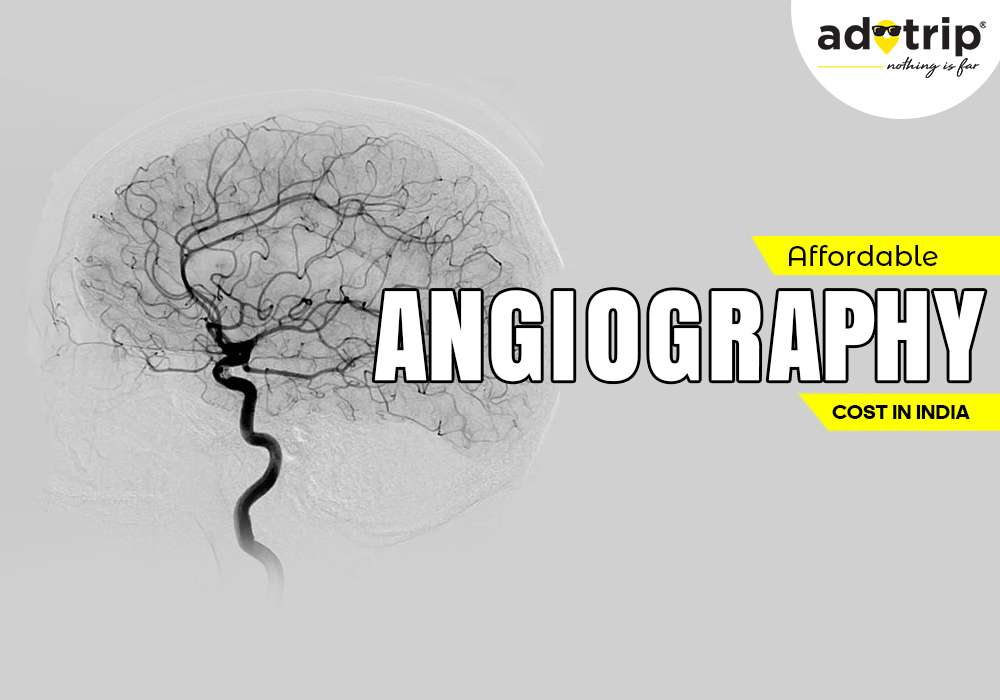
Angiography is an important diagnostic method for locating blood artery blockages and evaluating the heart's health. You may get excellent angiography procedures and get the care you require without breaking the bank by making an appointment with our doctors. So take charge of your health today, and don't let cost stand in the way of it.
A medical diagnostic process called angiograms is performed to evaluate the blood arteries in the body. X-rays and a contrast dye are used to see the arteries or veins in certain body parts. In especially in the heart and brain, angiography can detect blockages, narrowing, or other abnormalities in the blood arteries. A thin, flexible tube called a catheter may be inserted into the blood vessels during the procedure, which a qualified radiologist or cardiologist carries out. Various cardiovascular and vascular disorders can be diagnosed and treated safely and effectively with angiography.
The benefits of Angiography are:-
A clinician who suspects cardiovascular or vascular disease based on symptoms, a patient's medical history, or diagnostic testing results usually suggests an angiography.
The types of Angiography are as follow:
Patients may need to fast for a predetermined amount of time before having an angiography. Additionally, they might need to stop taking some drugs, such as blood thinners. Allergies, illnesses, and prescriptions should be disclosed to the doctor by the patient. It's crucial to follow all pre-procedure instructions properly.
The patient is placed on an X-ray table for an angiography while receiving a local anaesthetic. A catheter is placed into an artery or vein to see the blood arteries, and contrast dye is given through the catheter. The catheter is pulled out, and X-ray images are taken. Typically, the process takes an hour.
Even though angiography is typically thought of as a safe technique, there could be dangers and issues. These include blood vessel injury, renal damage, an infection, an allergic reaction to contrast dye and bleeding. Patients should discuss any worries they may have with their doctor and let them know if they have any allergies or pre-existing diseases.
Angiography costs might change depending on the procedure type, the hospital or clinic where it is performed, and the location. Angiography might cost anywhere between INR 10,000 and INR 50,000 or more in India. Patients should discuss their out-of-pocket costs with their healthcare and insurance providers.
To sum up, angiography is a diagnostic procedure that enables medical professionals to see within blood vessels and spot any blockages or abnormalities. Patients should be aware of the operation's potential risks and consequences, even though it is generally considered safe and effective. Several variables can affect the price of an angiogram, so patients should speak with their doctor and insurance provider to see what their out-of-pocket costs would be. Angiography is an effective diagnostic and therapeutic technique for several vascular and cardiovascular disorders.
Adotrip.com offers comprehensive medical tourism services for anyone looking for care in India. We aim to ensure patients have everything they require, from making travel and housing arrangements to providing support. We also provide information regarding chemotherapy procedures accessible in India so that patients can advance and make informed decisions. Adotrip.com will go above and beyond to ensure you have a great experience receiving medical care in India so that you can trust them.
Q. Is having an angiography painful?
A. Angiograms are commonly thought of as minimally invasive and painless procedures. However, some individuals may feel pressure or discomfort while having the treatment. A topical anaesthetic is typically used in the area where the catheter is implanted to reduce any pain. Additionally, medication may be given to the patient to aid with relaxation throughout the surgery. Patients may suffer some little soreness or discomfort at the insertion site following the treatment, but this usually goes away within a few days. Patients must discuss any discomfort they feel during or following the operation with their healthcare professional.
Q. Can you consume anything before having an angiography?
A. Patients could be told to fast for a set time before angiography. Usually, this is done to guarantee that the patient's stomach is empty and to lessen the possibility that they would feel queasy or vomit throughout the treatment. All pre-procedure advice given to patients by their healthcare professionals should be followed.




